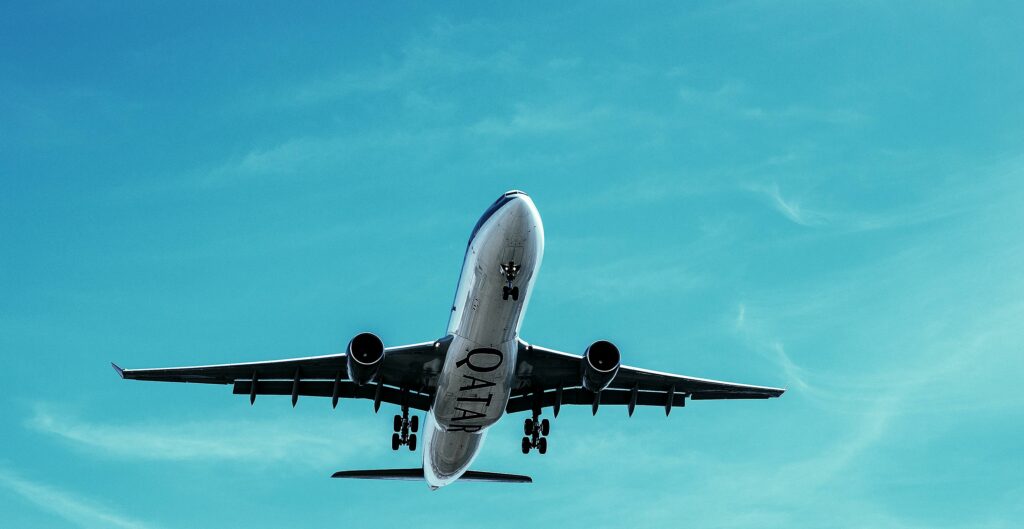In the high-stakes world of aviation, where safety and efficiency are paramount, every detail matters. Enter aeronautical weighing systems, the unsung heroes that ensure planes take off and land safely while also optimizing fuel consumption and reducing environmental impact.
Why Accurate Weighing is Critical for Aircraft
Think of it like this: Would you trust a scale that might be off by a few pounds if you were trying to maintain a healthy weight? The same principle applies to aircraft, but the stakes are far higher. Even slight errors in weight and balance calculations can have serious consequences.

A plane that’s too heavy might struggle to take off or consume excess fuel, driving up costs and emissions. Worse yet, an imbalanced aircraft could become unstable during flight, compromising safety. That’s why manufacturers, airlines, and maintenance crews rely on aeronautical weighing systems to get it right.
Types of Aeronautical Weighing Systems
Not all aircraft are created equal, and neither are their weighing needs. There are three main types of aeronautical weighing systems, each designed for specific applications:
- Mobile Scales: These portable, high-precision scales can be easily moved around hangars and airports. They’re perfect for weighing various aircraft types, from small planes to jumbo jets.
- In-Ground Scales: These scales are permanently installed on the floor of hangars or maintenance areas. While less flexible, they offer exceptional accuracy and speed for weighing large aircraft.
- Load Cells on Jacks: These sensors attach to aircraft jacks, providing precise weight measurements during maintenance procedures. They’re often used for smaller aircraft and helicopters.
Precision and Accuracy: The Cornerstones of Aeronautical Weighing
Every aeronautical weighing system must meet rigorous standards for precision and accuracy. Even the slightest deviation can have significant consequences.
That’s why these systems are meticulously calibrated and certified to ensure they deliver reliable data. Many systems even offer traceability, allowing you to verify the accuracy of every measurement.
Beyond Safety: The Benefits of Precise Weighing
Accurate weight data isn’t just about safety; it’s also about efficiency. Knowing the precise weight of an aircraft allows airlines to optimize fuel loads, reducing unnecessary weight and saving money on every flight. This, in turn, helps minimize the environmental impact of air travel.
The Future of Aeronautical Weighing
As technology advances, so do aeronautical weighing systems. We can expect to see even more sophisticated solutions in the future, with greater automation, improved accuracy, and seamless integration with aircraft maintenance systems.
In Conclusion
Aeronautical weighing systems are the unsung heroes of aviation safety and efficiency. By ensuring accurate weight and balance measurements, they play a vital role in keeping passengers safe, reducing operating costs, and minimizing the environmental impact of air travel.
You can explore another informative article on our website.
Source: Captels Weighing







